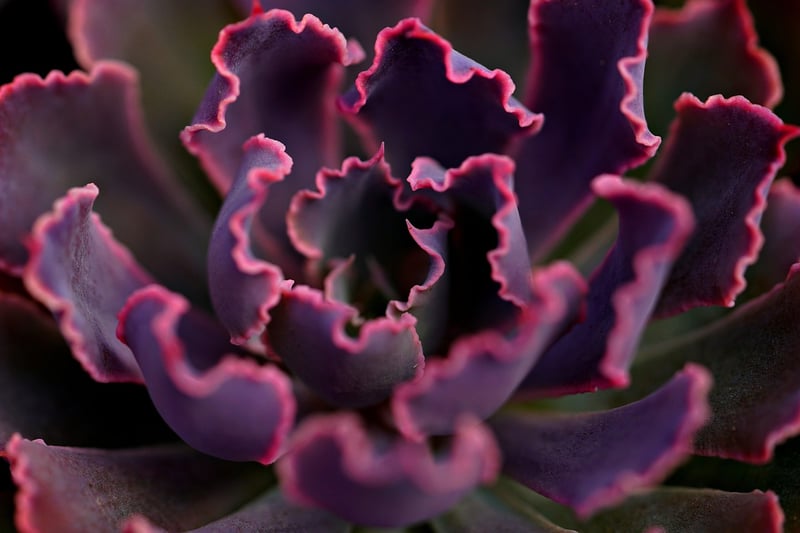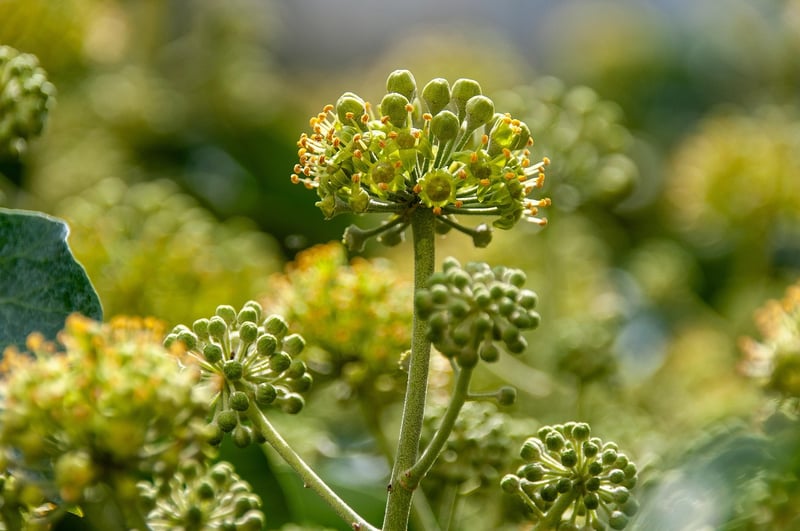Seasonal considerations
Selecting Plants for Vertical Gardens
Vertical gardens are a popular choice for adding greenery to small spaces, creating visual interest, and improving air quality. When choosing plants for your vertical garden, it's essential to consider factors like light availability, space constraints, and maintenance requirements. Here are some tips to help you select the right plants for your vertical garden:
1. Light Requirements
Assess the amount of light your vertical garden receives to choose plants that will thrive in that specific environment. Plants are generally categorized as full sun, partial sun, or shade-loving. Some plants that do well in vertical gardens with ample sunlight include:
- Succulents (e.g., Aloe Vera, Echeveria)
- Herbs (e.g., Basil, Mint)
- Flowering plants (e.g., Petunias, Geraniums)
2. Space Considerations
Vertical gardens have limited space, so choose plants that are well-suited for vertical growth or can be easily trained to grow upwards. Consider using trailing plants like:
- English Ivy
- String of Pearls
- Spider Plant
3. Maintenance Requirements
Some plants require more maintenance than others. If you prefer low-maintenance plants, consider options like:
- Pothos
- Sansevieria (Snake Plant)
- Air Plants
Seasonal Considerations
It's essential to factor in seasonal changes when selecting plants for your vertical garden. Consider the following seasonal considerations:
Spring:
Opt for plants that thrive in the warmer weather, such as:
- Lavender
- Salvia
- Calibrachoa
Summer:
Choose plants that can withstand the heat of summer, such as:
- Portulaca
- Verbena
- Zinnia
Fall:
Consider plants that add color to your vertical garden in the fall, like:
- Chrysanthemums
- Pansies
- Ornamental Peppers
By carefully selecting plants based on light requirements, space considerations, maintenance needs, and seasonal variations, you can create a vibrant and thriving vertical garden that enhances your space throughout the year.




